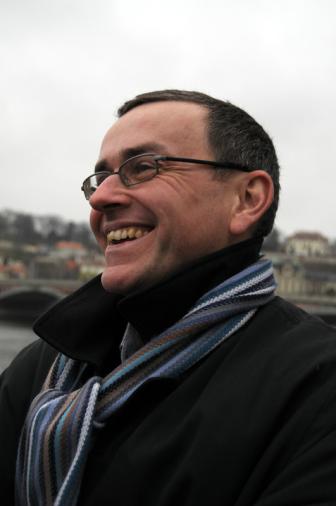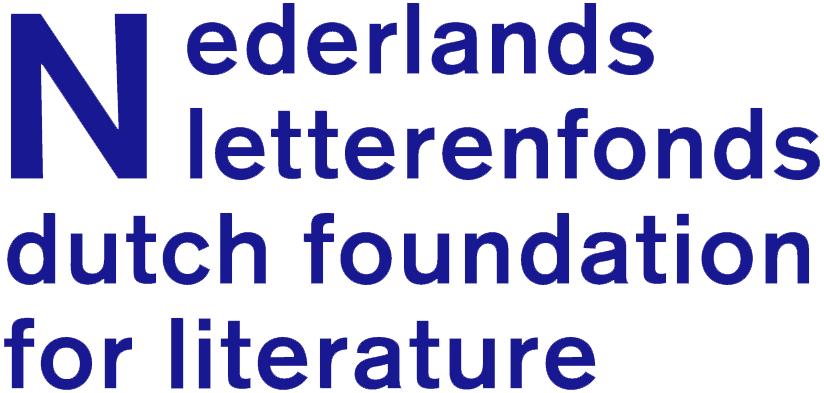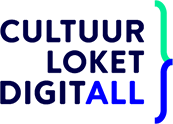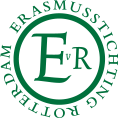Poet
Justin Quinn

Justin Quinn
(Ireland, 1968)
© Michal Mecner
Biography
Justin Quinn’s third collection, Fuselage (2002), opens with a longish poem called ‘Laurel’. In ‘Laurel’, the act of creating a child is imagined as a dance. Bodies fold into one another and produce a likeness that echoes love onwards. Here, a certain self-reflexivity is at work. The poem’s dance that echoes onwards is not only love but also rhyme. As Peter McDonald has described, rhyme is writing which looks backwards as it moves forwards. ‘Laurel’ is about the social continuity that is built into poetic form as well as into DNA. It is about the continuation of age-old customs and ceremonies. But the scene that is set in ‘Laurel’ is one of belatedness. Its first section speaks of ‘evening light’. It is ‘now getting late’. ‘Summer weather’ is a bonus. Even the ‘joy’ of spring is nostalgia. In part, this is the effect of living in Prague after the fall of the Soviet Republic. Born in Dublin in 1968, Quinn has lived in Prague since the early 90's. But his poem’s belatedness also indicates a more generalized sense of living in an era that is too late, that is postmodern.What characterizes lyric is its insistence on a private, subjective core. Recognizing this, Quinn uses the lyric poem to think through the fate of the individual, and of relationships between individuals, in this era in which the individual is increasingly overwhelmed. His poetry is one kind of resistance.
Quinn’s second collection, Privacy (1999), is the poetic equivalent of a concept album, taking place almost entirely within the walls of Quinn's Soviet-era flat amid vast swathes of identical flats. Towards the collection's close, there is a peculiar-looking poem called ‘Non-Enclave’, some of whose lines are right-justified, inhabiting the space ordinarily left white by a lyric poem. In this poem, the white space ordinarily kept at bay becomes the snowstorm swirling outside Quinn’s tiny apartment. This storm, the poem lets us know, is also metaphorically the storm of the 24-hour news cycle.
At the poem’s centre is an ironically narrated but shocking act of violence, ‘a mind being opened by a / compact and informative piece of lead’. It is shocking because, as the poem says, it is close up. Contained in this moment is a sense that the forms that should have kept the storm out have failed to do so. Form here refers to the skull caved in, the body that is the carapace of the individual, but also to social custom and ceremony, but also the private space of the home, but also to the lyric poem. ‘Non-enclave’ characterizes the lyric poem itself as self-satisfied, unaware of what’s going on around it, perhaps incapable of reaching beyond itself. It implies that lyric might be designed to try to keep what’s out there out there – ‘what’s kept outside the / door (rhymes clicking shut like locks)’. This is poetry reflecting without complacency on its own possibilities and limitations.
When he is described as an Irish poet, Quinn retorts that his context is the whole soundscape of the English language. His influences range from the American Wallace Stevens, on whom he wrote his PhD, to the Czech Petr Borkovec, whose poems Quinn translated into English in From the Interior, Poems 1995-2005 (2008). Yeats is, however, his truest predecessor. Quinn learned from Yeats, he implies in his Cambridge Introduction to Modern Irish Poetry (2012), that ‘twentieth-century poetry, in order to be truly of its time, need not rid itself of traditional poetic devices’. He learned to pit the sociality of poetic form against the search for a distinctive voice.
Quinn’s body of poetry will stretch over eight volumes once Early House is released this year by Gallery Press. It records a complex, careful, rigorous process of thinking about individuality and sociality through poetic form, innovating within old forms and against the grain of contemporary modernism. It is endlessly rewarding to the reader who invests in it deeply. And it is truly of its time.
© Ailbhe Darcy
BibliographyPoetry
The 'O'o'a'a' Bird, Carcanet, Manchester, 1995
Privacy, Carcanet, Manchester, 1999
Fuselage, Gallery Press, Oldcastle 2002
Waves and Trees, Gallery Press, Oldcastle, 2006
Close Quarters, Gallery Press, Oldcastle, 2011
Early House, Gallery Press, Oldcastle, 2015
Prose
Gathered Beneath the Storm: Wallace Stevens, Nature and Community, UCD Press, Dublin, 2002
American Errancy: Empire, Sublimity and Modern Poetry, UCD Press, Dublin, 2005
The Cambridge Introduction to Modern Irish Poetry, 1800-2000, Cambridge UP, Cambridge, 2008
Mount Merrion, Penguin Ireland, Dublin, 2013
Links
Interview with Quinn on Radio Praha
Poems at BODY magazine
Quinn's contribution to the My Prague Interview Series
Poems
Poems of Justin Quinn
Sponsors
























